September Fruit Tree To-do List
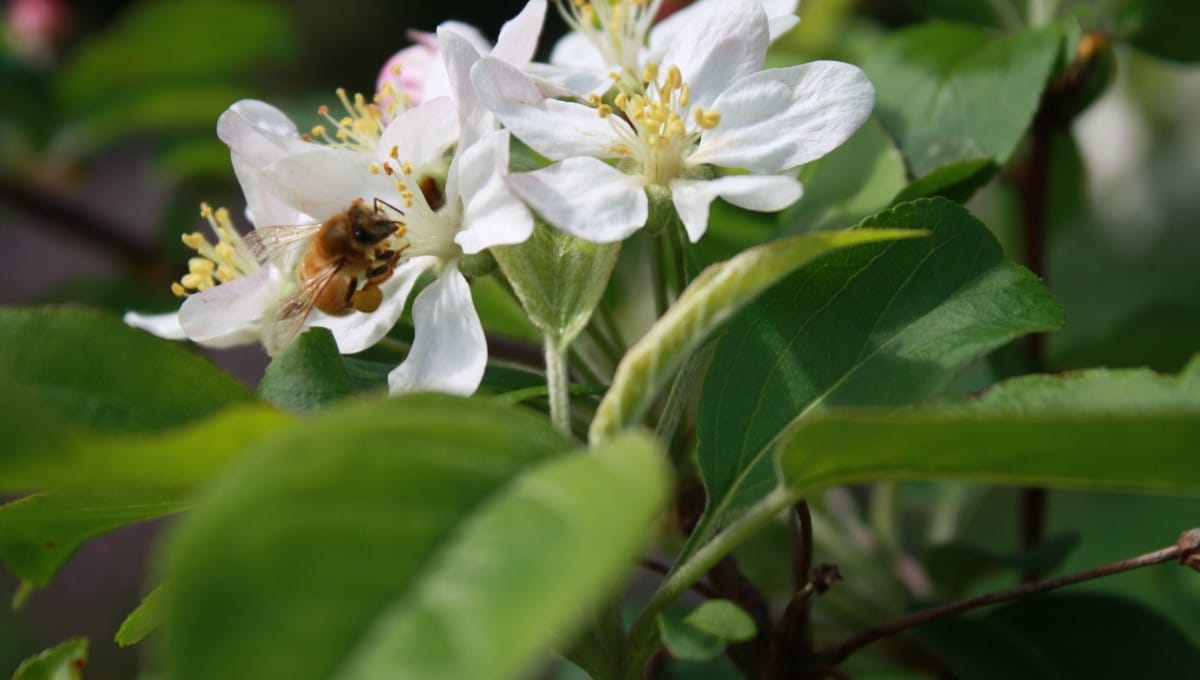
The story of your fruit harvest starts now - in the rising of the sap and the swelling of the buds. It's a tale told by the bees, as they go blossom to blossom; then taken up by a fruit that evades rats, possums, wind and rain. It's a cycle, that if unbroken, creates baskets of fruit. A cycle, that's a blimmin' miracle and deserves your witness. Watch it unfold and learn this years story, because this year wont necessarily play out the same as last year did.
As the years roll by, all that time spent amongst your trees does the inevitable and grows a really cool connection. A sacred nature connection, as old as life itself - confusion fades and understanding dawns.
A light prune for height in plums and peaches
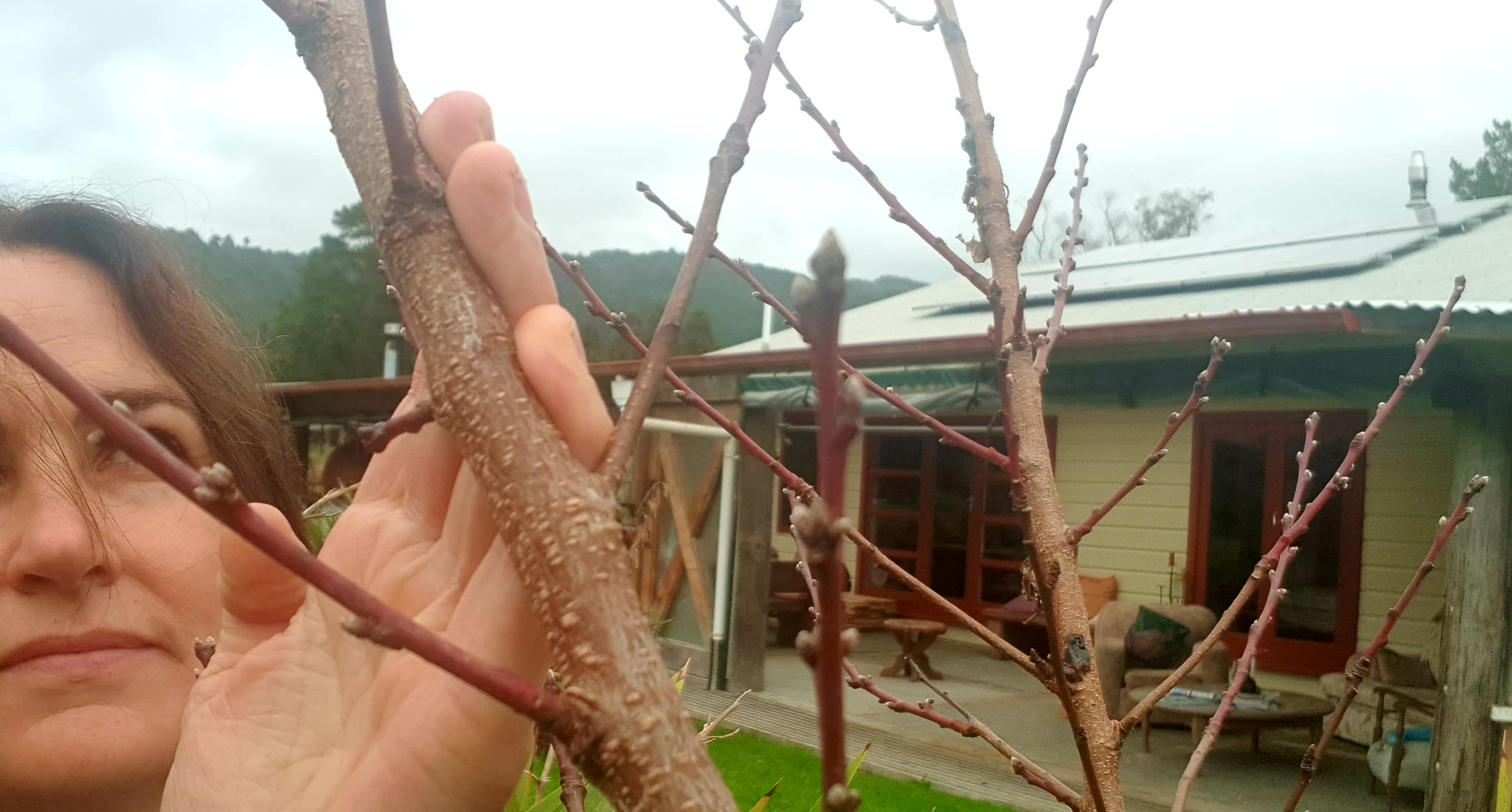
Stone fruit are naturally spreading trees, so for best shape and health – let them reach and spread as much as is practical, that being said if you’ve pruned hard in the past and ended up with loads of tall shoots, spring is an excellent time to either tie the shoots down, or prune them so as to fit birdnets later.
When pruned in spring, trees respond with gentle growth because they’ve already used a chunk of energy up making blossoms and new shoots. There’s less fuel in the tank, so to speak. Use it to your advantage – though not as an excuse to go hard out! Choose the few longest bits and prune them back where they meet another branch. Stand back after each cut to assess. A few light snips ideally, don't go nuts!
Divide +plant comfrey
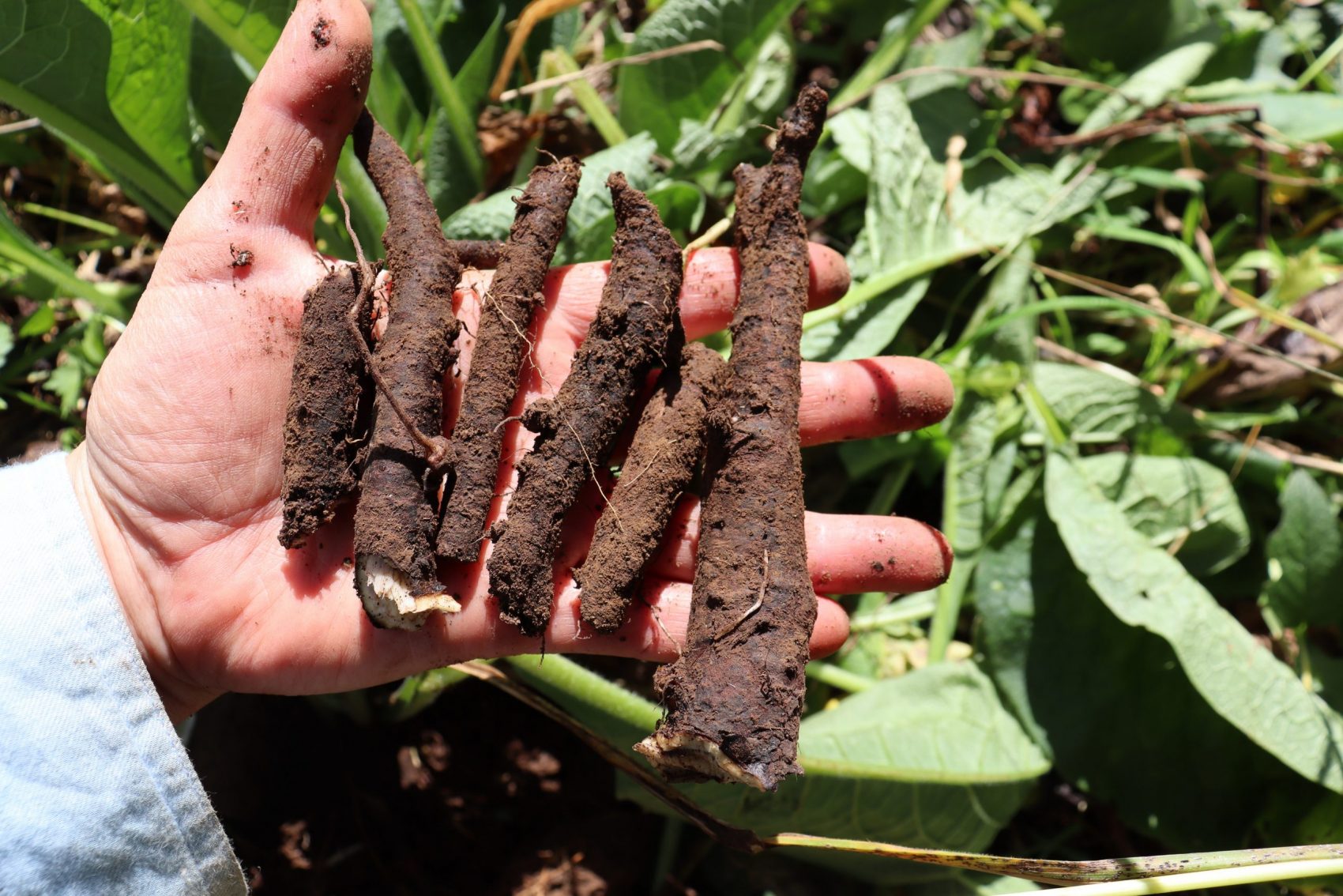
Now's the time to take root cuttings of your comfrey and plant them out.
Comfrey is a must have herb - gathering mineral riches from soil: silicon, calcium, potassium, phosphorus, iron, iodine... and more besides! This accumulation of minerals comes up from the deep, via a set of licorice like tap roots that open and aerate soil and create nutritious greens on top. A wonder plant indeed! Heres the comfrey low down.
Train deciduous fruit trees
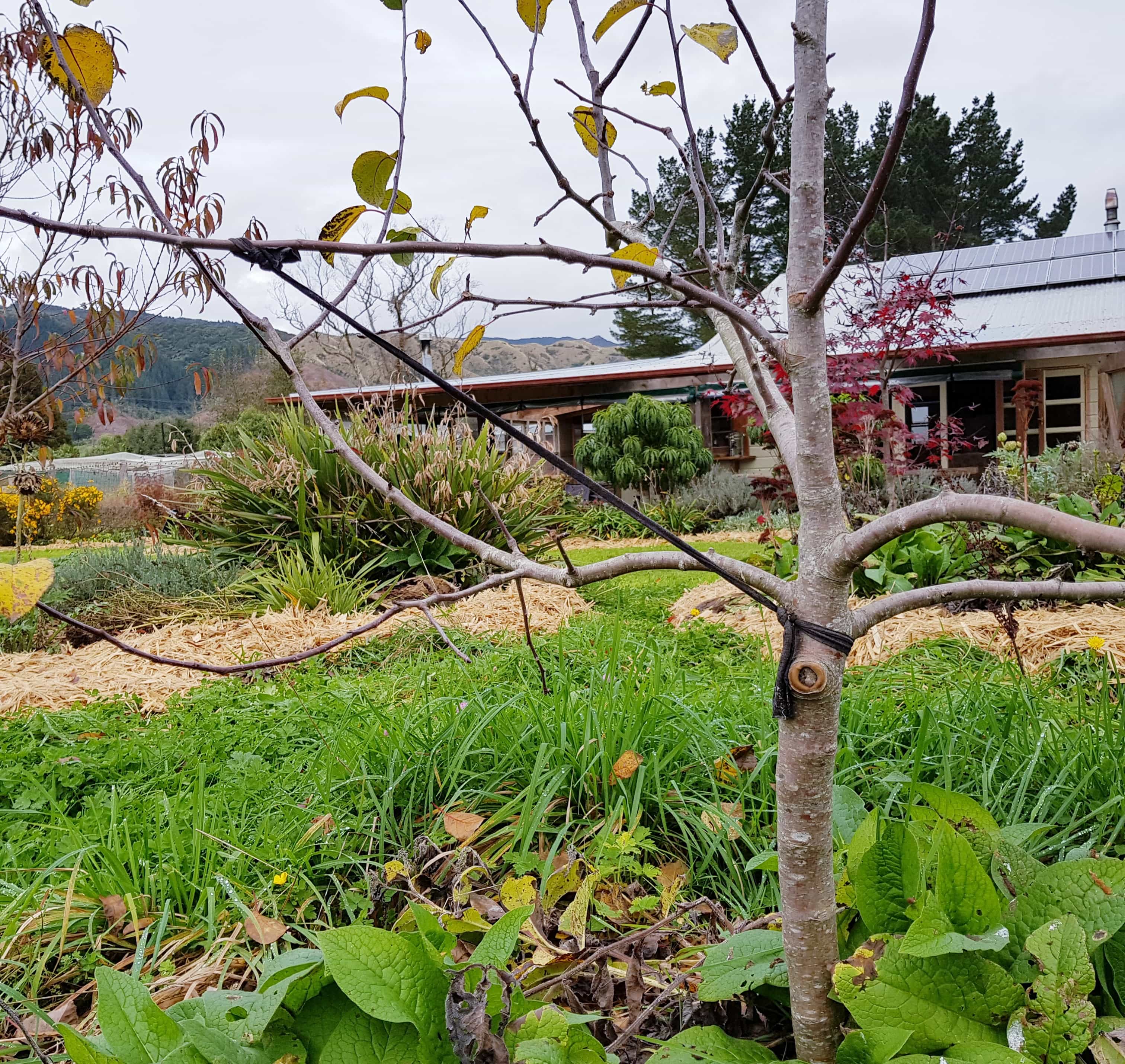
Young branches are flexible in spring as sap begins to rise making this the perfect time to tie them down.
Use this gentle technique:
- in the early years, to create a balanced shape and make the most of the productive potential. Transforming an upright shoot to a horizontal branch, inspires more fruit spurs and opens trees for light and healthy airflow.
- on older trees when new shoots arrive where a bigger branch has been removed the season prior. Use them to fill the gap.
A Spring Feed for Deciduous Fruit Trees, Citrus, Passionfruits and Strawberries

Feeding in spring works with rising energies - as fruit trees begin to move, lets support them, not in a rich, heavy handed way but with biological steadiness. Read all about it here.
Mulch + Airflow
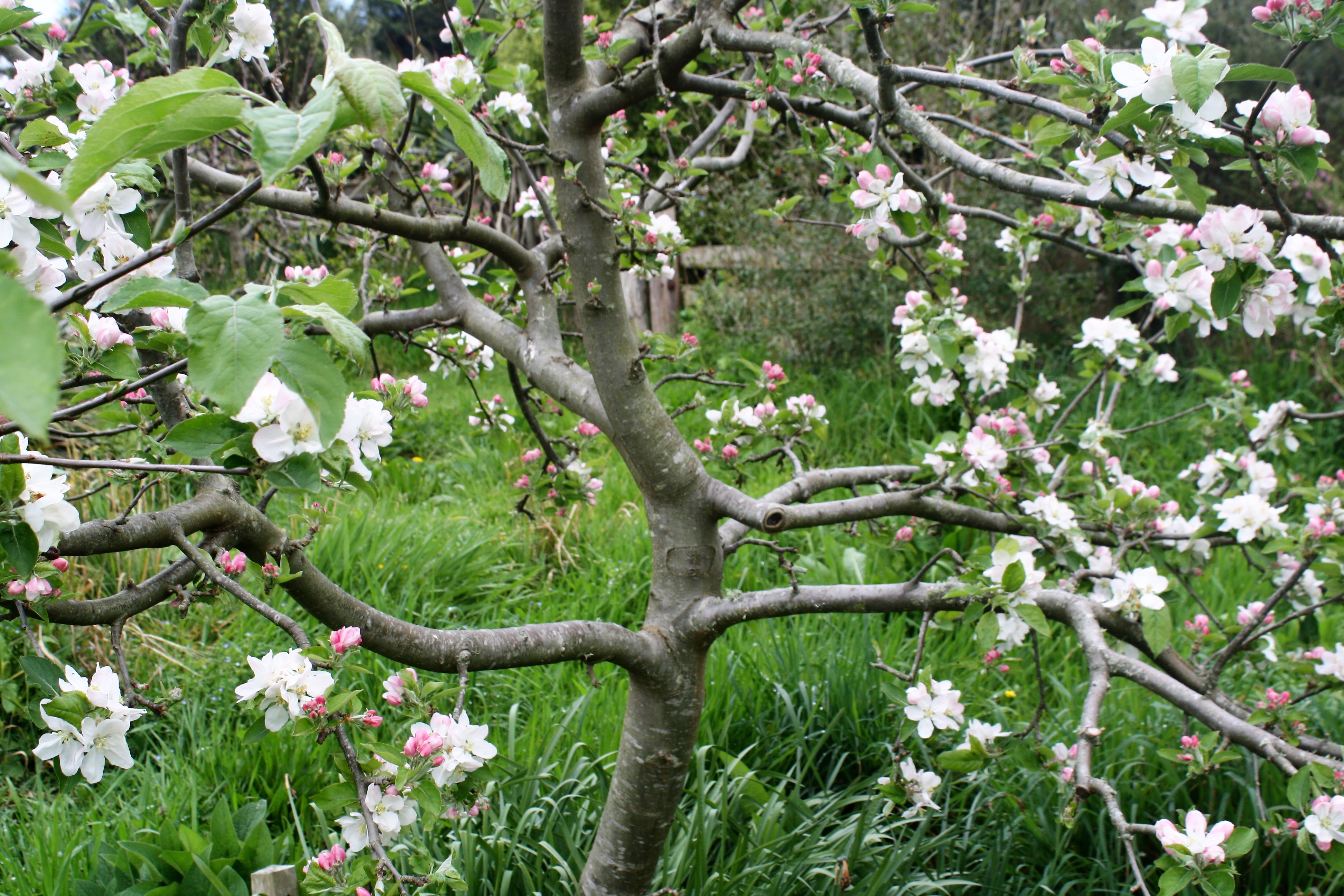
If your region is damp and cool in spring, slash long grass/weeds/herbal ley to bring airflow. Use the slashed stuff for an awesome mulch in the vegie patch, or for making compost.
Then spread a mixed woody mulch to stimulate beneficial fungi - just what trees need, simply scatter the mulch about.
Double check your pruning as foliage begins to arrive to see whether or not you need to thin a few more shoots to let air and light through.
Spraying
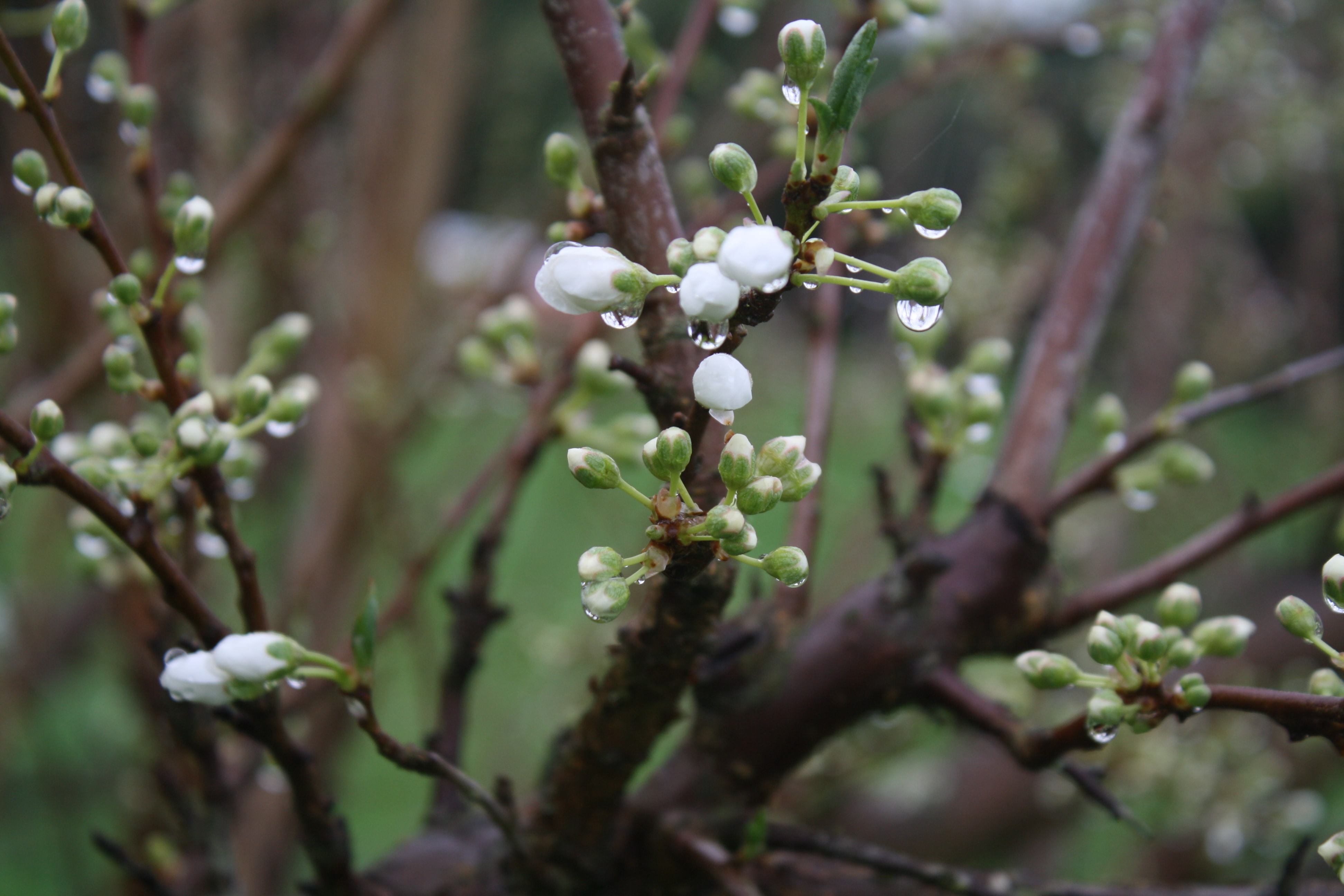
In my little world, spraying is biological. Its about coating the trees in beneficial fungi and bacteria in order to promote immunity and diversity and all round strength. A strong growing environment is full of life - fungi, bacteria, nematodes, bees, worms, insects of all sorts, birds, lizards - the more life, the stronger the garden, and the less pest and disease management you need do.
If spraying to you means copper, pause a mo. Copper's a fungicide and impacts beneficial soil life in a huge way. Do your tree's really need it? If blossom is out - you've missed your moment anyway ... copper kills bees. Maybe this year is the year you go fungicide free!
Read my healthy fruit tree game plan here, and take the journey to longterm holistic health.
A daily walk

The easiest and most pleasurable job of all! Wander your trees regularly and watch them wake up. Watch them through the different weathers.
- When it rains, bees often stay in the hive and those that do venture out, find it difficult to transfer pollen. Its worth a watch to appreciate just how difficult wet pollen is!
- If its windy, blossom may blow off. Thoughts of adequate shelter spring to mind.
- Keep an eye out for disease - just in a relaxed, noting it, kind of way. It's so very helpful for diagnostics later, when you can speak to this whole process, starting with the first signs.
All these parts of the equation, set the scene for the harvest. If you are intimate with the process, then when things go awry you can cast your mind back through the season and hopefully find the 'circuit breaker'. Most often, its something super simple - look to the obvious things.
